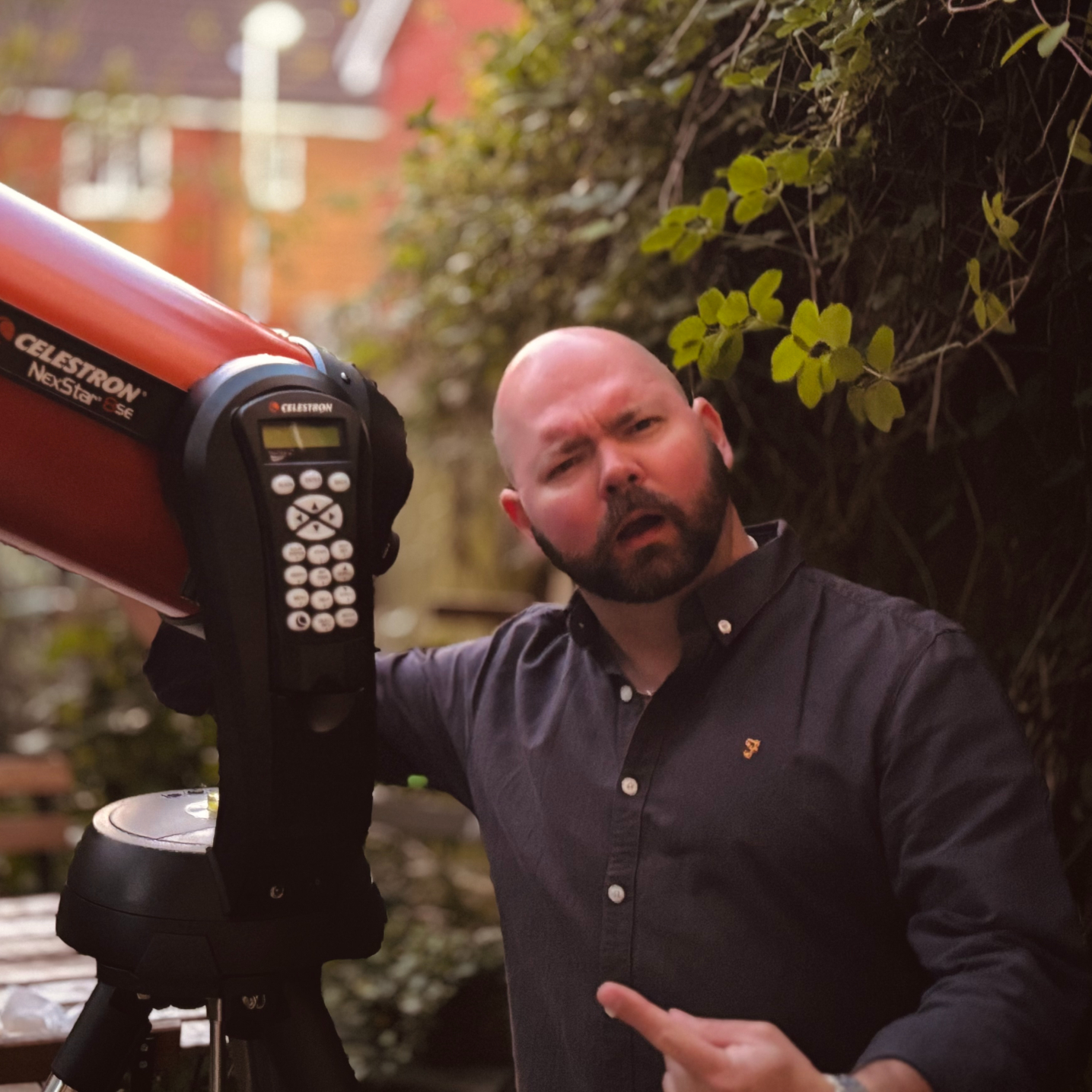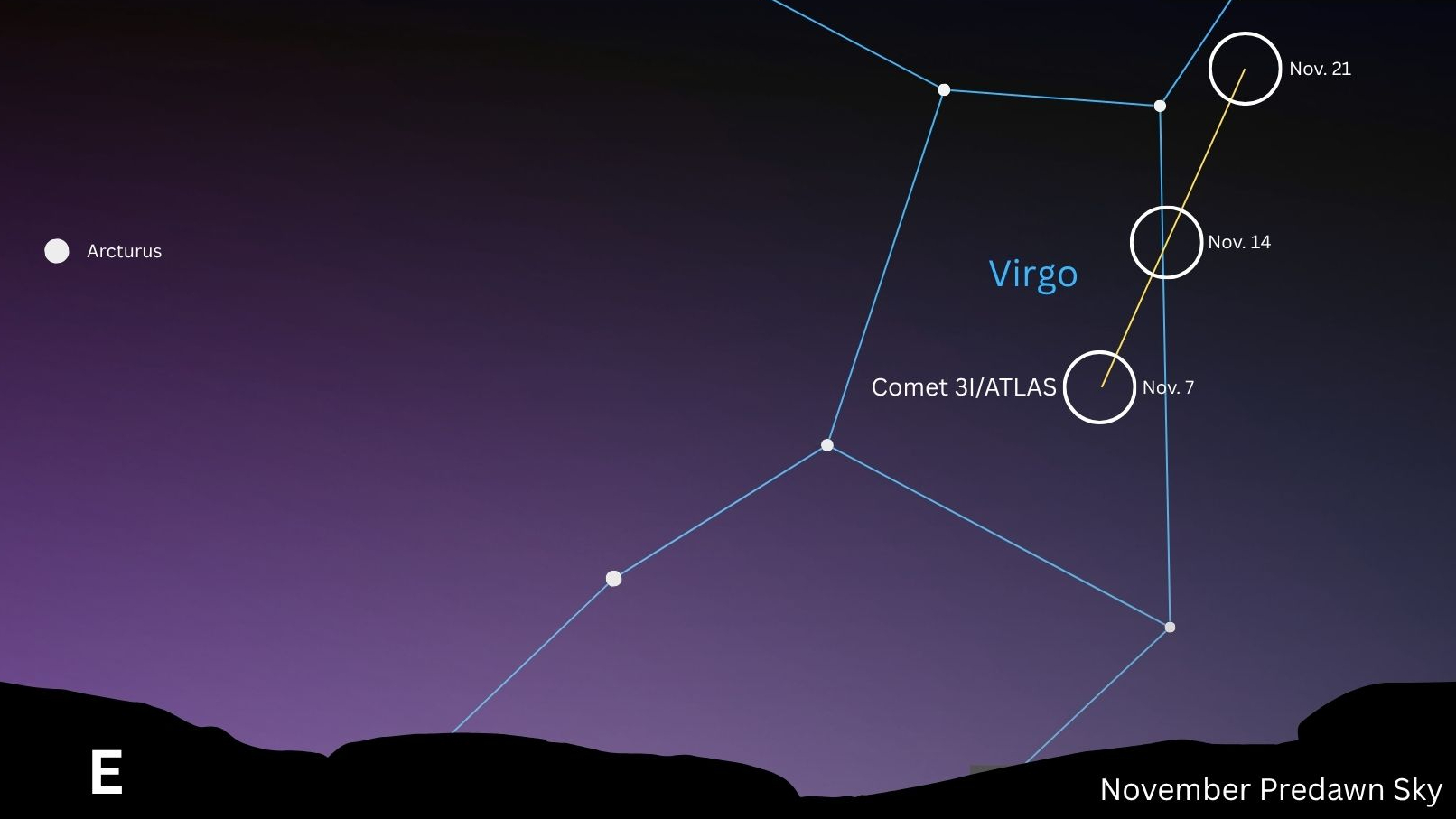Astronomer catches sight of interstellar Comet 3I/ATLAS returning to the predawn sky — Here's how you can too
Amateur astronomers with backyard telescopes can now catch a glimpse of Interstellar comet 3I/ATLAS

After briefly escaping from Earth's view during a (very) close approach to the sun on Oct. 30, Comet 3I/ATLAS can finally be seen through amateur telescopes again, though it's impossible to say how long the interstellar invader will remain detectable for.
3I/ATLAS was discovered earlier this year, on July 1, and was swiftly confirmed to be just the third interstellar object known to have visited our solar system. It's believed to have formed around a distant star.
As such, scientists were quick to analyze the comet's light fingerprint using every ground and space-based instrument at their disposal, probing its evolving coma and tail(s) in an attempt to unravel the wanderer's mysteries — and the environment from whence it came.
Now, you can get your shot at laying eyes on 3I/ATLAS, as it emerges out from the glare of our parent star.
Qicheng Zhang, a postdoctoral fellow at the Lowell Observatory in Arizona captured the interstellar interloper with a 6-inch (152-mm) Ritchey–Chrétien reflector through thin clouds in the morning twilight on Nov. 1.
"The comet is now a fairly easy target in the morning for anyone with a camera on even a small telescope with clear skies and a low eastern horizon," Zhang told Space.com in an email. "It currently doesn't look like much, just a blob that's slightly fuzzier than the stars around it, but it should rapidly become more visible (including by eye directly through a telescope) over the next few days/weeks."
Comet 3I/ATLAS can be found travelling amongst the stars of the constellation Virgo close to the eastern horizon in the hours before dawn in early November, with Venus shining brightly beneath. It is currently racing headlong away from the sun on an escape trajectory from our solar system. As the heat radiation from our star decreases, the comet will likely become less visible, though the inherently unpredictable nature of these cosmic nomads makes it difficult to predict when it will disappear from Earth's skies forever.
Breaking space news, the latest updates on rocket launches, skywatching events and more!
"If it fades as quickly as it brightened, it'll probably appear visually as its peak in just the next week or two," continued Zhang. "Either way, a telescope (and/or a camera taking long exposures) will most likely be required to spot the comet, barring an unexpected outburst."
Looking to upgrade your gear? Then be sure to check out our roundup of the best telescopes for exploring the night sky. If you're into photography then you might benefit from reading our guide to capturing wandering comets, along with our picks of the best cameras and lenses for astrophotography.
Editor's Note: If you would like to share your images of 3I/ATLAS with Space.com's readers, then please send your photo(s), comments, and your name and location to spacephotos@space.com.

Anthony Wood joined Space.com in April 2025 after contributing articles to outlets including IGN, New Atlas and Gizmodo. He has a passion for the night sky, science, Hideo Kojima, and human space exploration, and can’t wait for the day when astronauts once again set foot on the moon.
You must confirm your public display name before commenting
Please logout and then login again, you will then be prompted to enter your display name.

